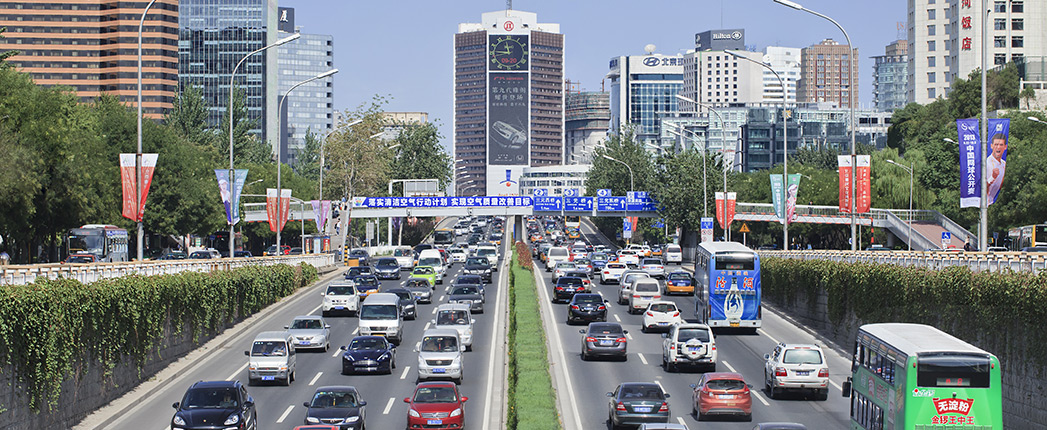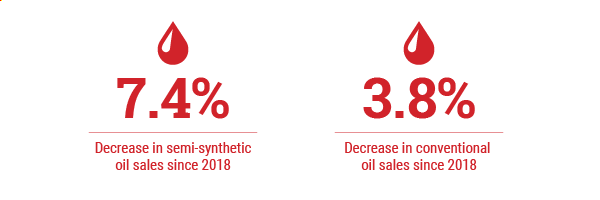
China will replace the United States as the country with the world’s largest vehicle population by the end of 2020, according to a 2020 China white paper jointly published by Tongji University and F6 Automobile Technology, a Nanjing-based software company backed by Alibaba that serves the auto maintenance industry.
The paper predicts that China’s vehicle population will continue to grow at a compound annual rate of 5% over the next five years, creating a sizable, lucrative aftermarket that could reach ¥1 trillion (U.S. $152 billion) in 2023.
More Chinese families favor newer vehicles that have larger engines – between 1.8 and 2.4 liters – which are usually turbocharged. Manufacturers of vehicles with turbocharged engines more often recommend synthetic engine oils, and the white paper suggests more Chinese drivers of those newer vehicles tend to choose good quality engine oil to improve fuel efficiency. This explains the increasing sales of fully synthetic oils in recent years, which are accounting for 50% in engine lube sales in 2020, up 11.2% from 2018, the paper concludes. In contrast, sales of semi-synthetics and conventional oils declined by 7.4% and 3.8%, respectively, since 2018.

Prices for full synthetics in China remain the same this year as in 2018, at ¥84 ($12.80) per liter, while semi-synthetics dropped 25% to ¥60 in 2020, down from ¥60 in 2018.
Among viscosity grades, 5W-30 sales experienced the largest growth in 2020, accounting for 33.6% among total engine oil sales, up 7.8% from 2019. Sales of 5W-40 did not change much.
The pandemic brought a halt to the rapid growth of China’s alternative energy vehicle market, but the segment has begun bouncing back. Sales declined on a year-to-year basis from February to June, but jumped 19% in July to 98,000 units, according to the China Association of Automobile Manufacturers. Alternative energy vehicles refers mainly to electric vehicles but also includes other types of vehicles running on clean energy.

The white paper predicts that China will have 5 million alternative energy vehicles by the end of 2020, and the number will reach 80 million in 2030.
Many lube companies joined the trend by introducing electric vehicle-targeted lubricant products in the past year. In September, for example, Fuchs brought its BluEV product line to China.
For more coverage of electric vehicles and their impact on lubricants, subscribe to Lubes’n’Greases’ Electric Vehicles InSite.